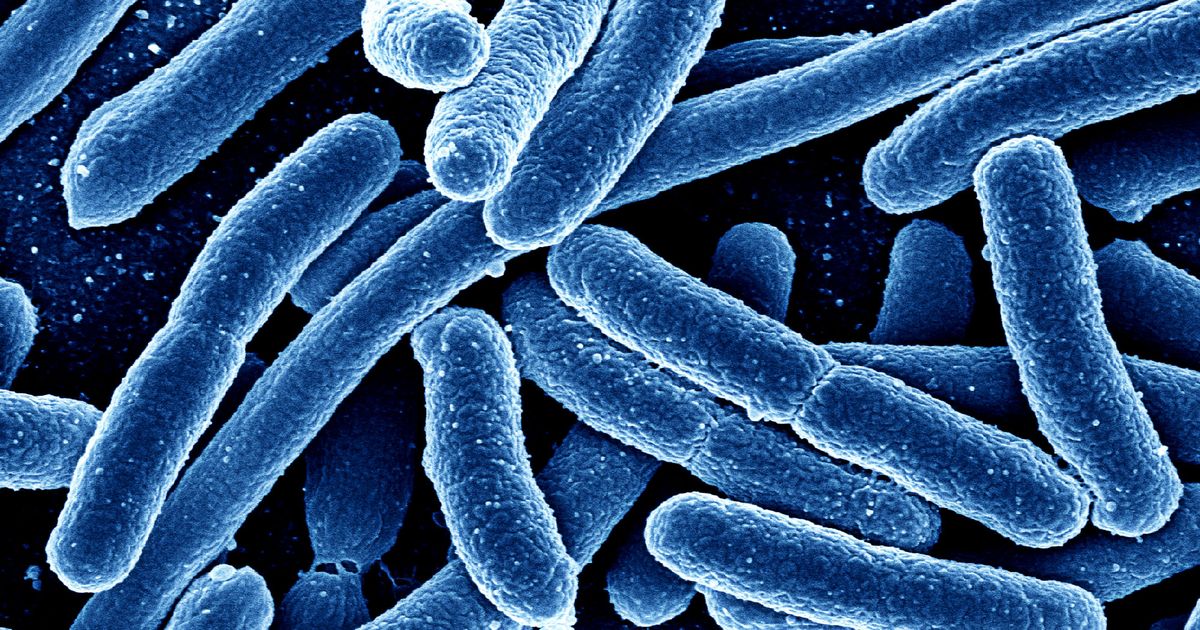Guide To The Causes And Risk Factors Of Lactose Intolerance
Bacterial Overgrowth In The Small Intestine
Bacterial overgrowth in the small intestine is a recognized medical condition related to lactose intolerance, and it triggers many of the same symptoms. In addition to the symptoms of lactose intolerance, patients with an excessive amount of abnormal bacteria in the small intestine might experience fatigue and constipation, and nausea is common. Individuals with severe forms of the disease could lose weight unintentionally, and iron deficiency anemia may develop. Patients who have weakened immune systems, including individuals with lupus, and those who have had abdominal surgery are at an increased risk of this kind of bacterial overgrowth. To check for the condition, doctors use a lactulose breath test. Similar to the hydrogen breath test, the lactulose test involves the patient drinking a lactulose solution and breathing into a balloon at fifteen-minute intervals for a three-hour period. The breath samples are considered positive for bacterial overgrowth if either hydrogen or methane is present. To treat bacterial overgrowth, doctors generally use antimicrobial herbs and antibiotics such as rifaximin and neomycin. Patients are asked to follow a low-FODMAP diet.
Uncover more risk factors linked to lactose intolerance now.
Ethnicity

Ethnicity is a strong risk factor for the development of lactose intolerance. The condition is more prevalent among Hispanics, American Indians, and patients of African or Asian descent. These patient populations may have a genetic form of lactose intolerance caused by a mutation in a gene that manufactures lactase. Known as hypolactasia, this disease begins during childhood, and it is especially common among individuals of Asian descent. Parents who have hypolactasia may wish to consider having their child tested for the condition. If it is present, patients may need to work with a gastroenterologist and a nutritionist to manage symptoms and ensure adequate nutrition, particularly for infants and children. While individuals with some forms of lactose intolerance can still tolerate small amounts of dairy, individuals with hypolactasia may prefer to consume a dairy-free diet to control their symptoms as effectively as possible. Patients with this condition should always report any new or worsening symptoms to their healthcare team, and they may need to attend periodic follow-up appointments.
Discover additional lactose intolerance risk factors now.
